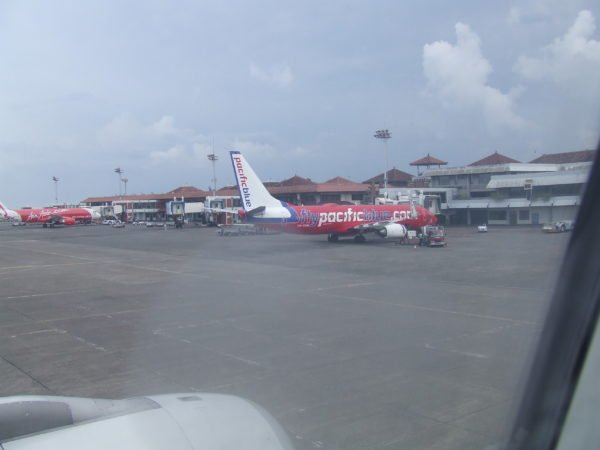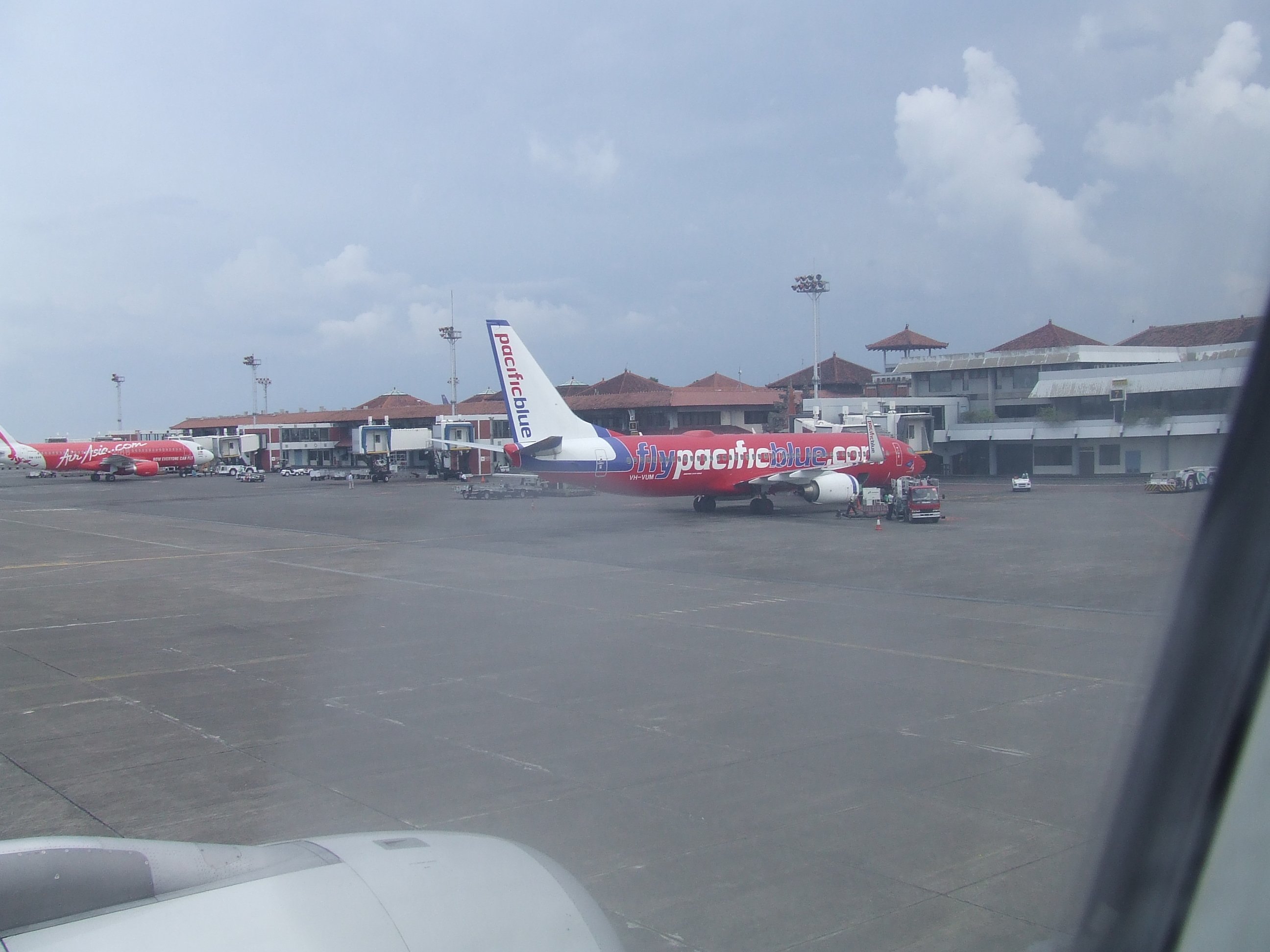According to Indonesian officials, flights have resumed from the international airport in Bali after three days of disruption caused by a volcanic ash cloud.
Layers of ash settled on houses and fields on the Indonesian island after an eruption of Mount Agung.
Up to 100,000 people were ordered to evacuate the vicinity and thousands of tourists have been stranded.
Bali airport might have to close again if the wind changed direction, officials said.
Not all local people have left – some have insisted on waiting until lava from the crater heads their way.
The massive plumes of dark ash from Mount Agung were seen reaching as high as 2 miles above its rumbling summit. It began erupting last week.
Officials raised the alert to the highest level on November 27, fearing an imminent major eruption.
They said that although the airport reopened from 15:00 local time, it remained necessary constantly to monitor the situation on the ground.

Indonesia: Bali Volcano Eruption Disrupts Flights
The authorities have also warned tourists that they are likely to face long waits before returning home because of a huge backlog of flights.
Meanwhile Australian PM Malcolm Turnbull has said that his government is working to help thousands of Australian tourists stranded on Bali to return home. It is estimated that Australians comprise more than 25% of tourists in Indonesia.
Denpasar airport is used by millions of visitors each year and is the main entry point into Bali.
Airport spokesman Ari Ahsanurrohim said more than 440 flights were canceled on November 28, affecting nearly 60,000 passengers. A similar number of people were affected on November 27.
Volcanic ash can damage aeroplane engines or even causes them to fail, and also clogs fuel and cooling systems. Pilot visibility can also be hampered.
The airport on neighboring Lombok island reopened earlier, officials say.
The volcano is about 43 miles from the popular tourist areas of Kuta and Seminyak.
On November 29, the volcano was still emitting thick ash clouds in addition to streams of rock mixed with water known as lahar which have also been spotted flowing out of the mountain.
Officials have told everyone living in a 6 miles exclusion zone around the volcano to evacuate.
So far, only 29,000 people have moved to shelters, while others have fled to nearby places like Lombok.
